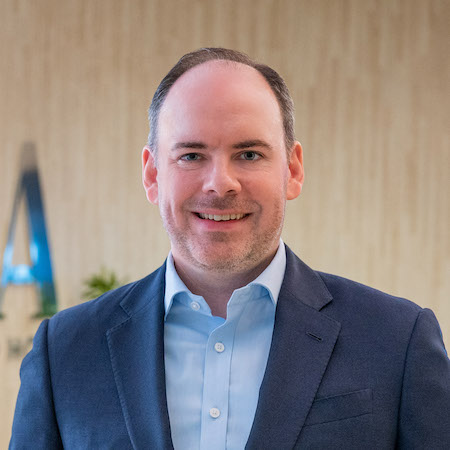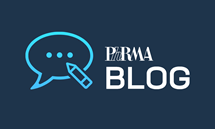If we needed any more proof that the health insurance and pharmacy benefit manager (PBM) industries are one and the same, look no further than a new ad campaign by America’s Health Insurance Plans (AHIP). With PBMs facing increasing scrutiny on Capitol Hill, AHIP is hitting the airwaves to deflect any responsibility for the high cost of medicine many people face.
Insurance companies use PBMs to determine what patients pay at the pharmacy and what medicines are covered. They claim that all they do is negotiate savings for patients, but if that were true, then why are they facing lawsuits, investigations and regulation by state attorneys general, state legislatures, the Federal Trade Commission and United States Congress for their role in rising health care costs?
The fact is insurance companies don’t want anyone to look under the hood at the broken PBM business model that now makes up the majority of their profits. That’s right: big insurers now generate more profits from their PBM business than they do delivering insurance coverage. But that’s not the only thing the insurance industry doesn’t want the public to see.
- Insurers and middlemen determine what patients pay and experts have noted they may prefer medicines with higher list prices. PBMs charge fees tied to the price of medicines, which means they make more money when the price of medicine goes up. The FTC has warned this “may shift costs” and “ultimately increases patients’ costs.” They say they want lower prices, yet they often deny or limit coverage of lower-cost generics and biosimilars, giving preferential coverage to medicines with higher prices.
- The prices insurers pay for medicines have been flat or declining, yet patients continue to face high costs. In 2021, the net price for medicines — the price after rebates, discounts, and other payments from manufacturers — grew just 1%. The government’s inflation data reveals that the prices for medicines grew less than 3% over the last year. Meanwhile, insurers and middlemen continue to take more and more money out of the system. And they continue to shift high costs onto patients, like forcing those in their deductible to pay the full undiscounted price for their medicine.
- Industry profits and administrative costs take up a larger share of every premium dollar compared to brand medicines. And AHIP’s own data proves it. While they claim 22 cents of every premium dollars goes to the pharmaceutical industry, the facts show that innovative brand medicines make up just 11 cents of every premium dollar, while nearly twice as much goes to insurance profits and overhead costs.
With so much to hide, it’s not surprising AHIP is trying to avoid any responsibility for the high drug costs many people face. We hope lawmakers will hold insurers and middlemen accountable with real reforms that rein in abusive insurance tactics and lower out-of-pocket costs at the pharmacy for patients.



